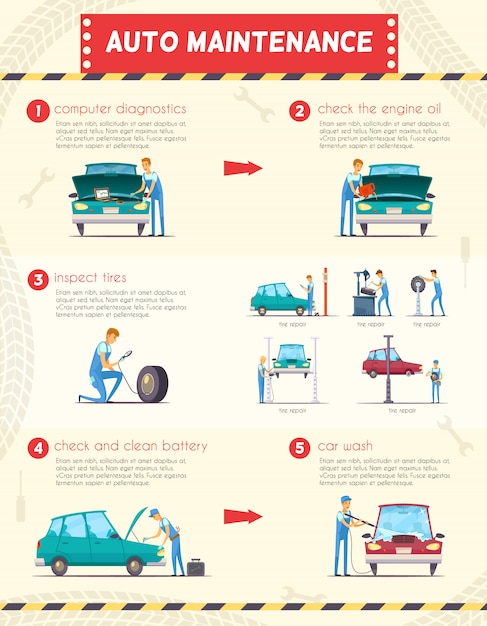Interpreting Your Auto'S Alert Lighting: Their True Implications
Interpreting Your Auto'S Alert Lighting: Their True Implications
Blog Article
Written By-Lauritsen Torres
When you lag the wheel, those beautiful warning lights on your control panel can be a little bit bewildering. Do you understand what they're attempting to tell you regarding your vehicle's health and wellness? Comprehending Visit Webpage of these lights is vital for your safety and the long life of your automobile. So, the following time one of those lights pops up, wouldn't you intend to understand its message precisely and take the essential actions to resolve it?
Common Caution Lighting and Interpretations
Identify typical caution lights in your cars and truck and understand their meanings to guarantee secure driving.
The most typical caution lights consist of the check engine light, which signals concerns with the engine or emissions system. If this light begins, it's vital to have your car inspected promptly.
The oil stress cautioning light suggests reduced oil stress, requiring instant interest to stop engine damage.
A flashing battery light might recommend a damaged charging system, potentially leaving you stranded if not attended to.
The tire stress tracking system (TPMS) light alerts you to low tire stress, impacting automobile stability and gas performance. Neglecting this can lead to dangerous driving problems.
The abdominal light suggests a problem with the anti-lock stopping system, compromising your capability to quit promptly in emergency situations.
Last but not least, the coolant temperature level alerting light warns of engine overheating, which can cause severe damages if not resolved quickly.
Recognizing these common caution lights will assist you attend to concerns quickly and preserve risk-free driving conditions.
Significance of Prompt Focus
Understanding the common caution lights in your auto is only the initial step; the relevance of promptly addressing these warnings can not be emphasized sufficient to guarantee your safety and security when driving.
When a warning light brightens on your dashboard, it's your car's way of interacting a potential concern that needs attention. Disregarding these warnings can lead to extra serious problems down the road, jeopardizing your security and potentially costing you more out of commission.
Motivate focus to cautioning lights can avoid breakdowns and accidents. As an example, a blinking check engine light could indicate a misfire that, if left neglected, can create damage to the catalytic converter. Addressing https://manuelxqjbu.eedblog.com/31291958/personal-narrative-upgrading-my-old-jalopy-with-a-weekend-break-of-detailing-work can conserve you from a pricey fixing.
Likewise, a brake system warning light might signal reduced brake liquid or used brake pads, important components for your safety when driving.
DIY Troubleshooting Tips
If you discover a caution light on your dashboard, there are a couple of do it yourself repairing tips you can attempt before seeking specialist help.
The primary step is to consult your vehicle's manual to recognize what the details warning light indicates. Sometimes the concern can be as easy as a loose gas cap triggering the check engine light. Tightening up the gas cap may settle the problem.
One more typical problem is a low battery, which can trigger various warning lights. Examining the battery connections for rust and ensuring they're protected might take care of the problem.
If a caution light continues, you can try resetting it by disconnecting the cars and truck's battery for a few mins and then reconnecting it. Additionally, inspecting your automobile's fluid levels, such as oil, coolant, and brake liquid, can help troubleshoot warning lights connected to these systems.
Conclusion
To conclude, comprehending your car's warning lights is crucial for maintaining your car running efficiently and securely. By immediately resolving these informs and recognizing what they mean, you can avoid expensive repair services and possible malfunctions.
Remember to consult your auto's manual for particular information on each warning light and act appropriately to guarantee a hassle-free driving experience.
Remain notified, stay safe when driving!
